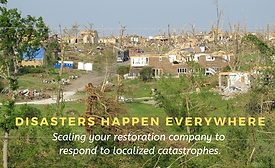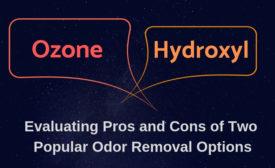Articles by Michelle Blevins
Scaling your restoration company to respond to localized catastrophes.
Read More
Restoration Roundup: Silica Rules, Fentanyl PPE, Mold Assessments, & More | 2.21.19
The latest headlines affecting the restoration industry.
Read More
Women in Restoration 2019: Call for Nominations (with VIDEO!)
The deadline for entries and nominations is Friday, Feb. 22.
Read More
Stay ahead of the curve with our eNewsletters.
Get the latest industry updates tailored your way.
JOIN TODAY!Copyright ©2025. All Rights Reserved BNP Media.
Design, CMS, Hosting & Web Development :: ePublishing










